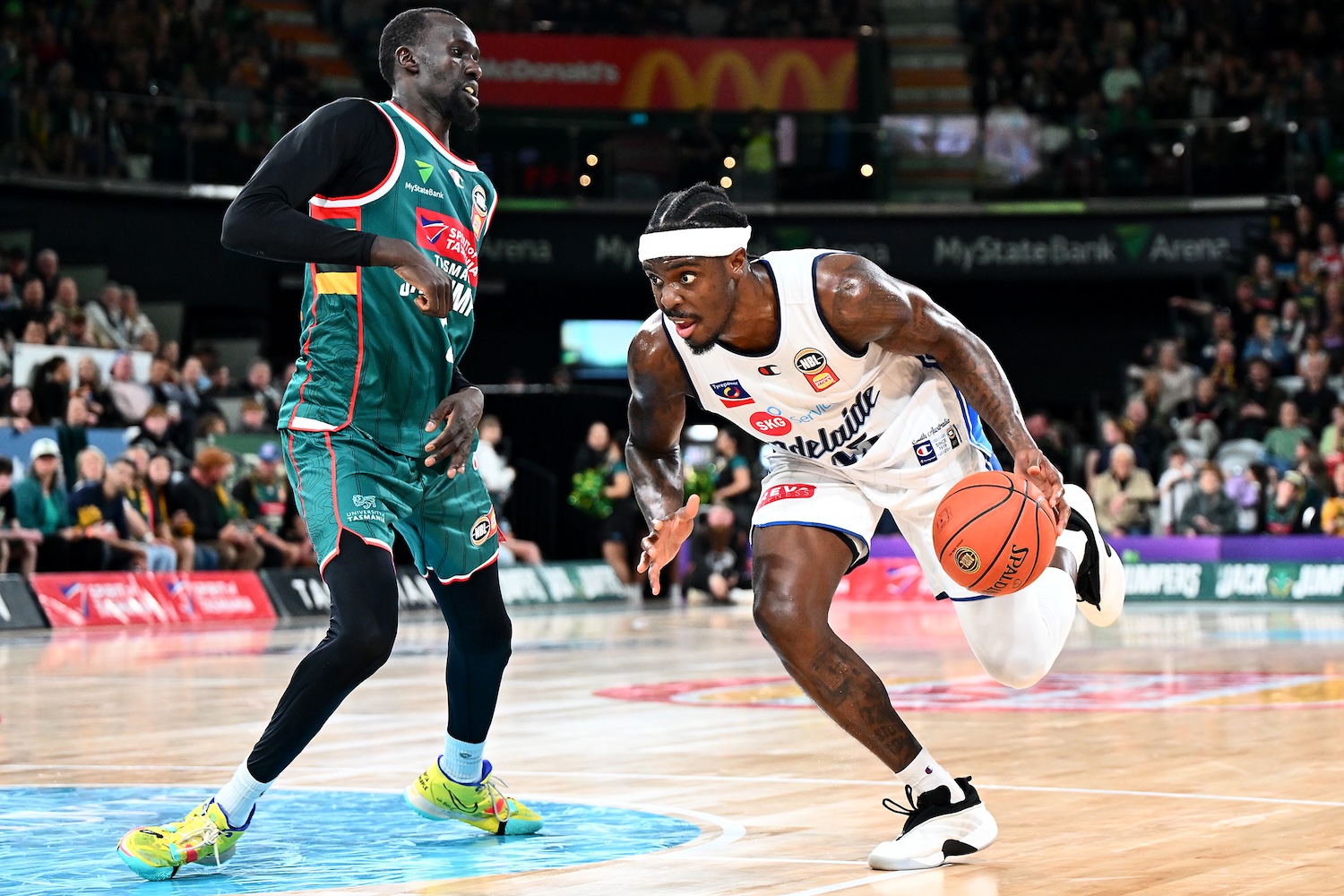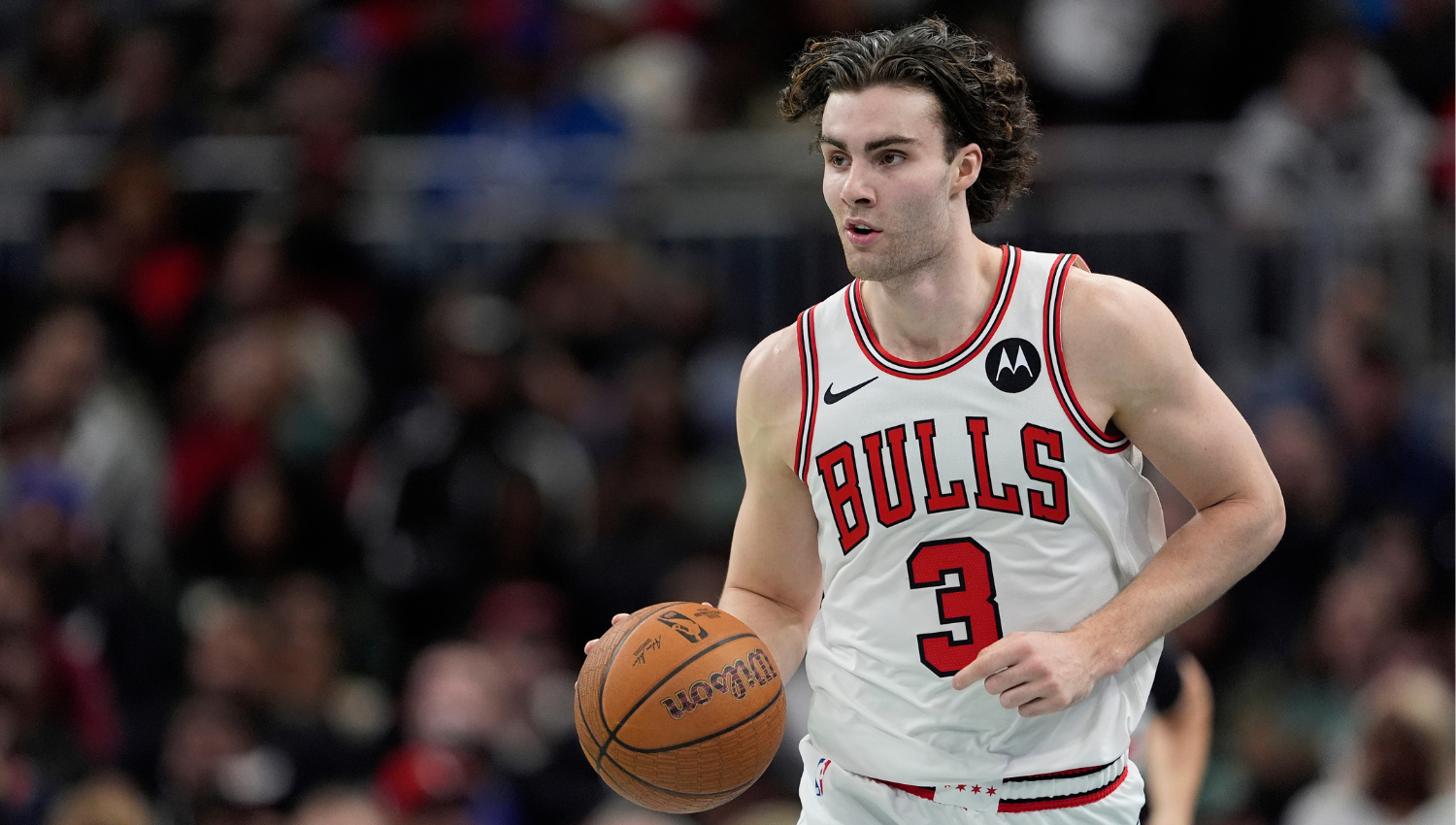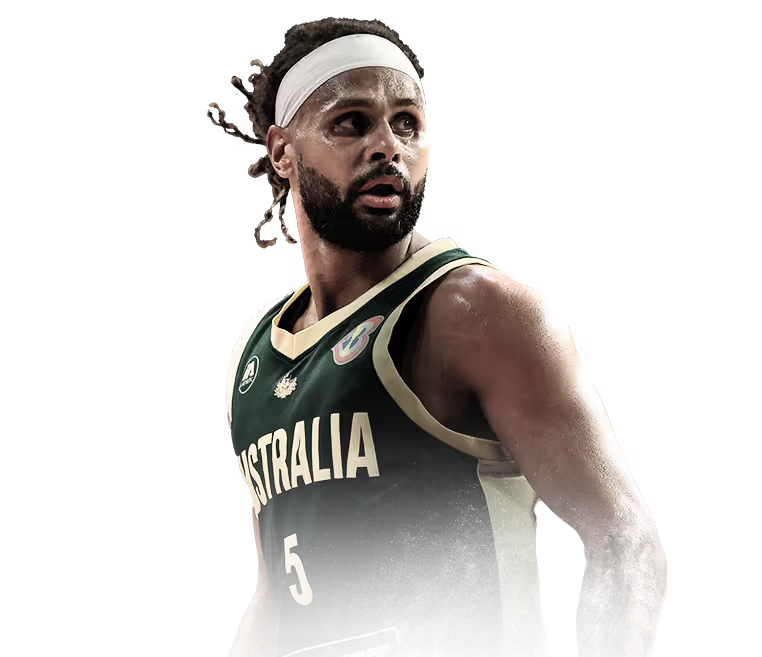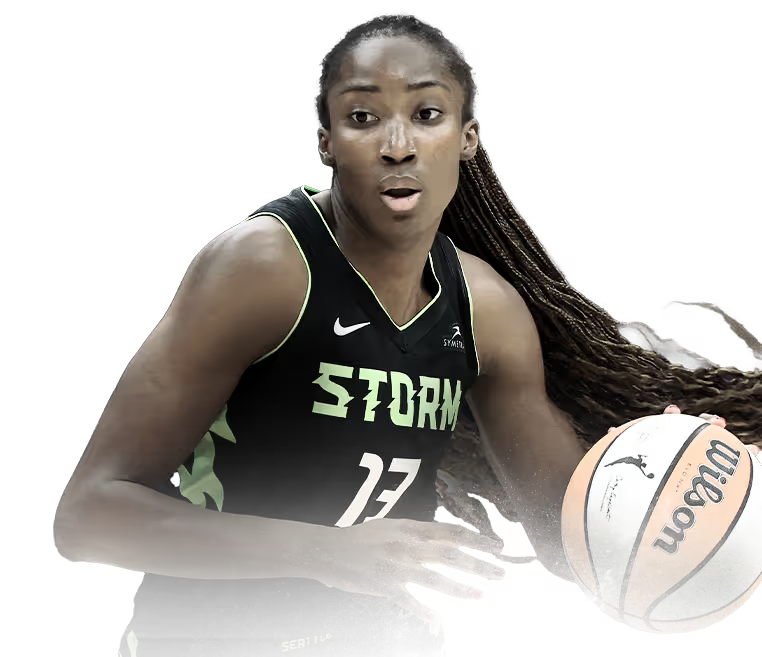

15
Nov
In-Depth Explainer
Why we are the ULTIMATE basketball destination
Why basketball.com.au is the ultimate hub for Australian basketball and its legion of fans
- What's basketball.com.au and why you'll love it
- basketball.com.au About Us
- NBL legend Jason Cadee joins basketball.com.au
Basketball moves fast, and Australian fans expect real-time coverage across every level of the sport — professional, collegiate, international, and grassroots. basketball.com.au brings together the biggest stories, latest score lines, standout individual performances, post-game reactions, and developing news across the entire basketball landscape. Whether it’s the NBL’s marquee matchups, WNBL storylines, Australians lighting up the NBA, or a surge of NCAA performers making noise in the United States, this is the central hub for everything happening right now.
1. Latest Basketball News & Results
Australia’s basketball ecosystem is global. Players move seamlessly between the NBL, WNBL, college basketball, European leagues, and FIBA windows. As a result, fans demand a single destination that captures every piece of the puzzle in one place. Here, you’ll find rolling coverage of games, highlights, coaching quotes, injury updates, roster moves, and analysis that helps explain the “why” behind every major result.
1.1 NBL News & Highlights
The National Basketball League remains Australia’s flagship domestic competition — one of the world’s strongest outside the NBA. With elite local talent, high-impact imports, and world-class coaching, every round delivers storylines that shape the broader basketball conversation.
Coverage includes:
- round-by-round recaps
- game analysis and breakdowns
- player performance trends
- injury reports and roster moves
- coaching press conferences
- power rankings and form guides
- off-court business news and league developments
From superstar scorers, to emerging Next Stars, to statistical leaders across scoring, rebounding, assists, and efficiency, this section keeps fans fully informed. Whether it’s a Bryce Cotton scoring explosion, a defensive masterclass from a rising local, or a game-changing coaching adjustment, the NBL conversation lives here.
1.2 WNBL News & Coverage
Australia’s premier women’s league is fast, physical, and packed with Opals talent, WNBA imports, and rising NCAA-bound prospects. Every weekend brings standout performances that influence national-team selection and the broader pathway for Australia’s next generation of women’s players.
Coverage includes:
- full game recaps and top-performer summaries
- insights on Opals selections and form
- interviews and features with WNBL athletes
- analysis of coaching strategies and team identity
- season-long statistical leaders
- emerging juniors transitioning into professional basketball
As the WNBL expands its footprint and visibility, this section ensures fans never miss a moment.
1.3 NBA & Australians Abroad
Australian players continue to shape the NBA landscape, contributing across championship contenders, rebuilding teams, and developmental projects. From seasoned veterans to first-round draft picks to two-way prospects, the Australian presence has never been stronger.
This section tracks:
- nightly game logs for every Australian
- key performances, milestones, and breakout games
- trade updates, rotations, contract news, and rookie development
- analysis of role, fit, and upside
- injury news and returns
Whether it’s a Dyson Daniels all-around performance, Josh Giddey orchestrating for Chicago, Johnny Furphy finding rhythm as a shooter, Duop Reath stretching the floor, or Jock Landale anchoring a bench unit, their journeys are updated daily here.
1.4 NCAA Women & Men – Australians in US College Hoops
The United States college system remains the deepest international development pathway for young Australians. With more than 150 women and men competing across Division I programs, this section captures daily performances, schedule updates, season averages, and role progression for every verified Australian athlete.
Coverage includes:
- daily game reports for all Australians in action
- class-by-class breakdowns: freshmen, sophomores, juniors, seniors
- minute trends, form slumps, breakout stretches
- team role definitions (starter, rotation, bench impact)
- season statistics and efficiency analysis
- conference tournament and March Madness implications
This is the most complete, data-driven record of Australian NCAA basketball available.
1.5 International Basketball – Boomers & Opals
International basketball remains the pinnacle stage for Australia’s best athletes. This section covers everything from Olympic qualification cycles to Asia Cup campaigns, emerging youth national teams, and behind-the-scenes preparation for major tournaments.
Expect updates on:
- Boomers and Opals squad announcements
- injury and availability news
- game recaps from FIBA windows
- opponent scouting reports
- player role projections heading into major events
- U17/U19 World Cup campaigns
- Centre of Excellence and junior national-team development
This is where the future of Australian basketball takes shape — and where its brightest stars are tracked from their earliest representative moments to the world stage.
2. Basketball Scores, Fixtures & Standings
Basketball fans expect instant access to who’s playing, who won, and what’s coming next. This section provides a complete, constantly updated snapshot of games across every major competition involving Australian teams or Australian players. From domestic leagues to NCAA schedules to NBA matchups featuring Aussies, it’s the go-to reference point for daily fixtures, score lines, and season context.
Whether you follow the NBL, WNBL, NBA, EuroLeague, FIBA tournaments, or the rapidly growing pipeline of Australians playing in U.S. college basketball, this centralised scoreboard ensures you always know what’s happening and when.
2.1 Today’s Games
A comprehensive, real-time listing of all games featuring Australian teams or Australian athletes.
Includes:
- NBL: full daily fixture list with venues and tip-off times
- WNBL: matchups, start times, and live score access
- NBA: every game featuring an Australian player
- NCAA (Men): Australian-inclusive schedules filtered by player/team
- International: Boomers, Opals, youth squads, and FIBA competitions
- State & Local: major championship events and representative tournaments
Each game entry links to deeper statistical breakdowns, box scores, and postgame analysis where available.
2.2 Standings & Ladders
Season-long context is essential — standings shape playoff races, seeding outcomes, momentum, and storyline arcs. This section aggregates full ladder data across competitions.
- NBL Ladder: Tracking wins, losses, point differential, home/away splits, and streaks.
- WNBL Ladder: Updated standings with team form guides.
- NBA Standings: Conference tables, play-in positions, tiebreakers, and league-wide trends.
- NCAA Conference Tables: Focus on where Australian players’ teams sit within their respective divisions and conferences, with seed implications and tournament projections.
Standings are refreshed continuously to reflect shifting momentum, and every table links to deep-dive analysis of notable trends.
2.3 Results Archives
For fans looking to revisit games, form cycles, or historical matchups, the results archive serves as a searchable, season-by-season record of scores and outcomes.
What’s Included:
- complete NBL and WNBL score archives
- NBA games featuring Australians
- NCAA women’s and men’s results filtered by Australian participation
- international results from Boomers, Opals, and youth squads
- major tournament scores (Asia Cup, qualifiers, World Cups, Olympics)
Each archived result can connect to available match reports, player stats, coaching quotes, and storyline analysis.
Players: Australians, Stars & Rising Talent
Australia’s basketball identity is built on its players — from world-class professionals to rising NCAA stars and emerging juniors in state and national development pathways. This section serves as a complete hub for Australian basketball talent, offering profiles, statistics, stories, and development insights across every level of the sport.
Whether you’re tracking Australians in the NBA, following the progress of Next Stars in the NBL, monitoring Opals and Boomers selection battles, or scouting NCAA athletes preparing for pro careers, this section connects every piece of the national talent pipeline.
3.1 Australian NBA Players
Australia’s NBA contingent continues to expand, representing one of the strongest international pipelines in the league. This section profiles every active NBA Australian with comprehensive, season-long tracking.
Includes:
- full player bios
- season and career statistics
- advanced metrics (usage, efficiency, shot charts, lineup data)
- game logs and nightly performance summaries
- injury updates and role changes
- analysis of team fit, coaching expectations, and strategic impact
From established veterans to breakout rookies, you’ll find detailed coverage of every Australian shaping the NBA landscape.
3.2 Opals & Boomers Player Profiles
International basketball remains the pinnacle for Australia’s elite athletes.
This section delivers a growing library of accurate, up-to-date Opals and Boomers profiles, covering:
- positional roles and playing style
- international experience and FIBA statistics
- club form and season performance
- strengths, areas of growth, and scouting insights
- major tournament contributions
With Olympic and World Cup cycles driving fierce competition for national-team places, these profiles chart the evolving depth of Australian talent.
3.3 NBL & WNBL Player Database
Australia’s domestic leagues feature world-class professionals, Next Stars, NCAA graduates, international imports, and young rising athletes. This section offers:
- comprehensive player bios
- season and career statistics
- advanced metrics
- game logs and form analysis
- role definitions within team systems
- award candidates and season narratives
NBL and WNBL players form the backbone of Australia’s professional talent pathway — and this database recognises every contributor.
3.4 NCAA Australians
Australia’s most detailed and accurate NCAA player resource. Verified exclusively through the authoritative, manually curated NCAA women’s and men’s team lists, this section tracks:
For every Division I Australian:
- team and conference
- class year (Fr, So, Jr, Sr)
- height, position, hometown
- season stats and shooting splits
- game logs (minutes, efficiency, trends)
- role (starter/rotation/bench)
- injury status
- performance summaries
Updated daily throughout the season, it is the definitive record of Australians in US college basketball.
3.5 Junior Pathways & Future Stars
The next generation of elite Australian basketball talent emerges through a network of state programs, high-performance hubs, academies, and national development centres. This section highlights:
- Basketball Australia’s Centre of Excellence
- state performance programs and national camps
- U17 and U19 squads
- elite junior tournaments
- standout junior prospects (male and female)
- Australian high-schoolers playing overseas
These athletes represent the future of the Opals, Boomers, NBL, WNBL, and college basketball. Their progress, achievements, and milestones are tracked here as part of Australia’s long-term talent story.
3. How to Play Basketball
Whether you’re new to the sport, returning after time away, or looking to build a stronger foundation as a coach or parent, this section provides a clear, practical guide to understanding — and improving at — basketball. Covering the rules, positions, court layout, skills, and training concepts, it’s designed to give players at all levels the knowledge they need to enjoy the game and develop confidently.
Basketball is simple to learn but endlessly complex once you dive deeper. What follows is a structured, accessible breakdown that gives beginners a starting point while offering progression pathways for more advanced athletes.
4. The Basic Rules of Basketball
Basketball is played between two teams of five players on the court, aiming to score by putting the ball through the opponent’s hoop. Games are divided into quarters, and each possession is governed by rules that keep the pace fast and the competition fair.
4.1.1 Violations
Certain actions stop play and result in the ball being awarded to the opposing team.
- Travelling: moving illegally without dribbling — often taking too many steps.
- Double Dribble: dribbling, stopping, then dribbling again, or dribbling with both hands.
- Carrying: turning the hand under the ball while dribbling.
- Shot Clock Violation: failure to attempt a shot that hits the rim within 24 seconds.
- Backcourt Violation: once the ball crosses into the frontcourt, it cannot return to the backcourt.
- Goaltending/Basket Interference: illegally touching a shot on its downward path or contacting the ring while the ball is above it.
4.1.2 Fouls
Physical contact is part of basketball, but excessive or unsafe contact results in fouls.
- Personal Foul: illegal contact with an opponent (holding, pushing, hitting, blocking improperly).
- Shooting Foul: contact while an opponent is attempting a shot — results in free throws.
- Offensive Foul: charging or illegal screens made by the offensive player.
- Technical Foul: unsportsmanlike behaviour, arguing, delay of game, or illegal substitutions.
- Unsportsmanlike / Flagrant Foul: dangerous or excessive contact. These carry heavier penalties, including free throws and possession.
Understanding these foundational rules helps new players build good habits from the start.
4.2 Positions Explained
Though modern basketball is increasingly “positionless,” five traditional roles still describe how teams organise their players.
- Point Guard (PG): Primary ball-handler and playmaker, responsible for initiating offense and reading the game.
- Shooting Guard (SG): Often the team’s best perimeter scorer — strong shooter, cutter, and defender.
- Small Forward (SF): A versatile wing who can score inside and out, defend multiple positions, and rebound.
- Power Forward (PF): Strong, physical player who rebounds, screens, and finishes inside while increasingly stretching the floor.
- Centre (C): The tallest player, anchoring the paint on both ends with rim protection, post play, and rebounding.
4.2.1 Modern Positionless Basketball
Today’s game prioritises spacing, versatility, and interchangeable skill sets. Players are expected to:
- handle the ball regardless of height
- defend multiple positions
- shoot from range
- make decisions quickly
This evolution influences coaching, training, and development at every level.
4.3 Basketball Court Layout
A standard basketball court includes:
- The Three-Point Line: 6.75m at FIBA level and 7.24m in the NBA.
- Free-Throw Line: 4.6m from the backboard.
- Key/Paint: the area near the basket where bigs traditionally operate.
- Restricted Area: semicircle under the basket where defenders cannot draw charges.
- Sidelines & Baselines: boundaries of play.
Understanding court geography helps players make better decisions and recognise high-efficiency areas.
4.4 Basic Skills
These five skill categories form the foundation of every basketball player’s development.
- Dribbling: Maintaining control while moving. Emphasis on change of speed, change of direction, and decision-making under pressure.
- Passing: Chest passes, bounce passes, overhead passes, and advanced reads such as skip passes and pocket passes.
- Shooting: Form, balance, footwork, follow-through, and shot selection shape a player’s scoring efficiency.
- Rebounding: Securing missed shots. Technique includes boxing out, timing, positioning, and using leverage
- Defense: Stance, lateral movement, contesting without fouling, communication, rotations, and close-outs.
4.4.1 Beginner Drills
- stationary ball-handling
- lay-up lines
- form shooting
- defensive slides
- partner passing
- simple rebounding technique drills
These drills emphasise repetition, coordination, and confidence.
4.4.2 Advanced Drills
For experienced players:
- pick-and-roll reads
- off-ball movement patterns
- shooting off the dribble
- advanced close-out techniques
- finishing through contact
- small-sided games for decision-making
These drills simulate game conditions and enhance basketball IQ.
5. Basketball Gear & Equipment Guide
Choosing the right basketball gear affects performance, comfort, confidence, and long-term development. Whether you’re a junior playing domestic competition, a senior competing at state or national level, or a parent or coach trying to select the right equipment for training, this section provides clear, expert-driven guidance.
This is not retail-driven content — it’s performance-driven. Every recommendation focuses on fit, function, durability, safety, and suitability for Australian playing conditions (indoor stadiums, outdoor courts, and mixed-use environments).
5.1 Best Basketballs in Australia
Basketballs differ by surface, material, and size, and choosing the right one improves both feel and consistency.
Indoor Basketballs
Made from composite or genuine leather.
- softer touch
- better grip
- designed for hardwood
- require proper storage and break-in
Outdoor Basketballs
Rubber or durable composite.
- withstand rough asphalt
- weather-resistant
- ideal for parks and school courts
Match vs Training Basketballs
- Match balls: higher-quality materials, softer feel, more consistent bounce.
- Training balls: built for durability and volume reps.
Official Sizes
- Size 7 (29.5") – Men
- Size 6 (28.5") – Women and U17/U19 male
- Size 5 – Juniors
This section explains which ball suits which player, and how to maintain and inflate balls correctly for lifespan and performance.
5.2 Best Basketball Shoes (Position-Specific)
Basketball shoes directly affect safety, movement, and efficiency. Foot type, playing style, and court surface all influence the best choice.
For Guards (PG/SG)
- lightweight
- responsive cushioning
- strong traction
- emphasis on quick stops, changes of direction
For Wings (SG/SF)
- balanced cushioning and support
- multi-directional traction
- stability for slashing and defensive coverage
For Bigs (PF/C)
- enhanced ankle support
- strong heel cushioning
- durable build for rebounding and post play
Key Performance Features:
- fit and lockdown
- cushioning type (Air, Boost, Zoom, Flow)
- traction pattern and rubber quality
- weight vs durability
- playing environment (indoor vs outdoor)
Correct shoe choice reduces injury risk, especially ankle and knee strain.
5.3 Basketball Hoops & Systems
Choosing a home hoop involves budget, space, stability, and usage patterns.
Portable Systems
- easiest to move
- adjustable height
- base filled with sand or water
- best for driveways and younger players
In-Ground Systems
- cemented into the ground
- the most stable option
- superior rebound feel
- suited for long-term, high-use setups
Backboard Materials:
- Tempered Glass: closest to professional feel
- Acrylic: more affordable, lighter
- Polycarbonate: highly durable for outdoor use
Backboard Size:
- 54"–60" for general household use
- 72" for full professional dimensions
This section also outlines installation tips, safety considerations, and ways to extend the life of outdoor systems.
5.4 Training Gear
Effective training requires more than a ball. Supporting equipment improves skill development, conditioning, and recovery.
Core Training Tools:
- cones and markers for footwork
- resistance bands for strength and mobility
- skipping ropes for conditioning
- weighted basketballs for passing strength (used cautiously)
- agility ladders
- defensive mannequins and bump pads for finishing drills
Recovery and Performance:
- foam rollers
- massage balls
- ankle braces
- hydration tools
- compression apparel
Coaches and players benefit from understanding how to structure sessions with the correct mix of equipment.
5.5 Youth & Junior Equipment
Young players need gear suited to their strength, size, and coordination.
Key Considerations:
- correct ball size (Size 5 or Size 6 depending on age and gender)
- adjustable-height hoops for confidence building
- lighter shoes with ankle support
- properly sized uniforms and reversible training singlets
- beginner aids like dribbling goggles or shot-arc guides
Safe, age-appropriate equipment helps kids develop solid mechanics before progressing to advanced skills.
6. Leagues & Competitions: Australia & Worldwide
Basketball is a global sport with interconnected pathways. Australian athletes move between domestic leagues, U.S. colleges, European competitions, and FIBA tournaments, creating one of the most diverse development ecosystems in world basketball. This section provides a clear, accessible overview of every major league that Australian fans follow — explaining structure, level, style of play, key teams, and why each competition matters.
6.1 National Basketball League (NBL)
The NBL is Australia’s premier men’s professional league and one of the strongest international competitions outside the NBA. It blends elite local talent, impactful imports, and a world-renowned development environment highlighted by the Next Stars program — a proven launchpad for NBA draft prospects.
What Defines the NBL:
- Fast-paced, physical style suited to FIBA rules
- Strong coaching, tactical systems, and high-level scouting
- Competitive balance across all clubs
- Modern arenas and strong game-day presentation
- Deep fan engagement and broadcast coverage
Teams & Structure:
The league features clubs across Australia and New Zealand, running a season from spring through summer, followed by a finals series that determines the NBL Champion.
Why It Matters:
The NBL is the core of the Australian basketball identity — a proving ground for Boomers selections, NBA hopefuls, and elite international players seeking high-level competition.
6.2 Women’s National Basketball League (WNBL)
The WNBL is one of the longest-running and most respected women’s basketball leagues globally. It features Opals stars, WNBA imports, and top-tier Australian talent.
Key Features:
- Strong defensive intensity and tactical execution
- Pathway alignment with national teams
- Growing visibility through digital and broadcast coverage
- High participation of returning WNBA players during the U.S. offseason
Season Overview:
Running through the Australian summer, the WNBL showcases breakout stars, veteran leaders, and athletes on the cusp of international recognition.
Why It Matters:
The WNBL is the elite domestic competition for female athletes in Australia, playing a critical role in developing Opals talent and preparing players for international success.
6.3 NBA — The World’s Premier Basketball League
The NBA is the standard-setter for basketball globally — the most athletic, skilled, and commercially influential league in the world. Australian players have carved out a strong presence, contributing across championship contenders, rebuilding franchises, and developmental roles.
Attributes of the NBA:
- Highest level of individual skill and athleticism
- Extensive data, analytics, and advanced strategy
- Global fanbase and cultural influence
- 30 teams divided into Eastern and Western Conferences
- 82-game regular season plus playoffs
Australian Involvement:
Dozens of Australians have made their mark in the league — from Andrew Bogut and Patty Mills to Josh Giddey, Dyson Daniels, Duop Reath, and Johnny Furphy.
Why It Matters:
The NBA influences how basketball is played worldwide, dictating trends in spacing, shooting volume, pace, and positionless play.
6.4 NCAA — The U.S. College Basketball System
The NCAA remains the primary overseas development pathway for young Australians. Division I schools offer elite coaching, full-time strength and conditioning, world-class facilities, and an enormous platform.
Structure:
- 32 conferences
- 350+ Division I programs
- Men’s and Women’s tournaments culminating in March Madness, one of the world’s largest sporting events
Australian Pathway Strengths:
- high-level competition
- academic pathways
- incremental skill development
- exposure to professional scouts
- proven springboard to NBL, WNBA, and European leagues
Why It Matters:
Australia now produces more NCAA players per capita than almost any country outside North America — a testament to the strength of domestic junior development.
6.5 EuroLeague & International Professional Leagues
Europe’s top-tier leagues — especially the EuroLeague, Liga ACB, Turkish BSL, and German BBL — provide intense, tactical basketball within some of the sport’s most passionate environments.
EuroLeague Highlights:
- widely considered the second-best league in the world
- strong defensive systems and half-court execution
- 34-game season plus playoffs
- heavily scouted by NBA teams
Other Notable Leagues:
- Japan’s B.League (home to many Australians)
- China’s CBA
- France’s LNB
- Italy’s Serie A
- WNBL players commonly compete in Europe during the offseason
Why It Matters:
European basketball places a premium on skill, discipline, and decision-making — traits that translate exceptionally well to international play.
6.6 Local & State Associations in Australia
Grassroots competitions form the backbone of Australian basketball. Every state and territory runs structured leagues that feed into national programs.
Includes:
- NBL1 (North, South, Central, East, West)
- State leagues and representative pathways
- Domestic competitions for juniors and seniors
- Development academies and high-performance hubs
Why It Matters:
Local associations discover the next generation of Australian talent, building long-term quality through coaching, competition, and community engagement.
7. Coaching, Training & Development Pathways
Basketball development in Australia thrives because of strong coaching, deep grassroots systems, and clear pathways from local competitions to professional and international levels. This section brings together the core concepts, training principles, and development structures that shape how Australian athletes learn and advance through the sport.
Whether you're a coach, player, parent, or performance specialist, this section provides a high-level but practical framework for improving skills, making smarter decisions, and navigating the Australian basketball pathway.
7.1 How to Get Started in Basketball
Every basketball journey starts with the same fundamentals: access, confidence, and repetition.
For Kids and Juniors:
- Aussie Hoops programs introduce foundational skills in fun, age-appropriate sessions.
- Local associations offer domestic competitions for weekly game experience.
- Development squads and academies identify motivated players ready for more structure.
For Teenage and Adult Beginners:
- Social leagues run across Australia year-round.
- Skills sessions and clinics help build confidence before jumping into competitive environments.
- Fitness, footwork, and ball control form the essential base.
For Parents and New Coaches:
- Community coaching courses from Basketball Australia
- Simple practice plans that focus on decision-making, not just drills
- Understanding what “good youth development” actually looks like
7.2 Coaching Resources
Basketball coaching is a blend of system knowledge, emotional intelligence, planning, and on-court teaching. This section breaks down essential concepts that define how teams play.
Principles of Effective Coaching:
- clarity of roles
- consistent communication
- player development tied to team identity
- adaptability in games and training
- teaching through constraints (small-sided games) rather than static drills
7.2.1 Offensive Concepts
Modern basketball offense is built around space, timing, ball movement, and advantage creation.
Key concepts include:
- Spacing: where players position themselves to maximise driving lanes and passing angles.
- Pace: seeking early offense before the defence is set.
- Pick-and-Roll: the most important action in modern basketball — handled with reads, not scripts.
- Drive-and-Kick: creating collapses, forcing rotations, and finding open shooters.
- Motion Offense: continuous movement, cutting, screening, and decision-making.
- Playing from Advantage: recognising when the defence is off-balance and attacking instantly.
Good offense is less about executing plays and more about teaching players how to read the game.
7.2.2 Defensive Systems
Defence remains the non-negotiable foundation of high-level basketball.
The core systems include:
- Man-to-Man: Australia’s developmental staple — on-ball pressure, help-side rotations, close-outs.
- Zone Defence: useful for changing tempo, protecting fouls, or countering size mismatches.
- Presses & Traps: applying full-court pressure to speed opponents up or force turnovers.
- Switching Defences: matching modern pace and versatility, requiring strong communication.
- Ball-Screen Defence: influences everything — drop, show, hedge, switch, ice, and blitz coverages.
Australia’s strongest teams excel because they communicate, rotate early, and commit to team discipline.
7.3 Strength & Conditioning for Basketball
Basketball demands a unique blend of speed, agility, power, endurance, and resilience. Proper physical preparation reduces injury risk and enhances performance.
Key Physical Qualities:
- Speed: acceleration, deceleration, change of direction.
- Power: vertical jump, first step, explosive finishes.
- Strength: core stability, lower-body strength, reactive strength.
- Agility: footwork patterns, flexibility, balance.
- Endurance: repeat sprint ability and recovery.
Injury Prevention Priorities:
- ankle stability
- knee control
- landing mechanics
- load management
- mobility routines
Strength and conditioning should always complement — not compete with — basketball skills development.
7.4 Pathways Programs in Australia
Australia’s basketball success is built on a clear, structured developmental system that pushes players from junior competitions to elite international levels.
Aussie Hoops:
The national introductory program for young children, focusing on fun and basic skills.
State Performance Programs:
Each state runs high-performance pathways designed to develop athletes for national junior teams.
Centre of Excellence (CoE):
Based at the AIS in Canberra, the CoE is Australia’s premier development hub — producing countless Boomers, Opals, Olympians, NBL, WNBL, NBA, and WNBA players.
National Junior Teams (U17 & U19):
Australia consistently competes at the top tier of global youth basketball, identifying players early and developing them through international exposure.
Professional Pathways:
- NBL: elite development + strong exposure
- WNBL: direct pathway to Opals and WNBA
- NCAA: the most common route for high-level youth development
- European leagues: offering tactical maturity and experience
These pathways ensure that Australian players continue to thrive domestically and internationally.
8. Basketball History & Culture
Basketball is more than a sport — it is a global cultural movement, a storytelling medium, a unifying recreational activity, and one of Australia’s fastest-growing athletic pathways. This section explores where the game came from, how it evolved, how Australia embraced it, and the iconic players, teams, and moments that continue to shape its identity.
Understanding basketball’s history provides context for how the sport is played today — the strategies, pace, skill emphasis, and international influence that have elevated it into one of the world’s most watched sports.
8.1 Origins of Basketball
Basketball began in December 1891 when Dr James Naismith, a Canadian physical educator, invented the sport at the YMCA Training School in Springfield, Massachusetts. Seeking a dynamic indoor game to keep athletes active during winter, he nailed two peach baskets to a balcony and wrote 13 original rules.
Key Elements of the Original Game:
- no dribbling (only passing)
- a soccer ball was used
- goals required retrieving the ball from the basket
- physicality was limited to avoid injuries
The simplicity of the concept — a ball, a hoop, a running clock — allowed basketball to spread quickly through schools, universities, and military bases.
By the early 20th century, basketball had become a global sport.
8.2 Evolution of the Modern Game
Basketball has undergone dramatic transformation across strategy, pace, athleticism, and entertainment value.
Major Evolution Points:
- Introduction of Dribbling: early 1900s, transforming movement and offensive flow.
- Shot Clock (1954): revolutionised pace by preventing stalling and speeding up possessions.
- Three-Point Line (late 1970s): introduced risk-reward spacing that now defines modern offense.
- Globalisation: Dream Team (1992), international stars, and worldwide broadcast access.
- Analytics Era: efficiency, spacing, pace, and shot profile optimisation.
- Positionless Basketball: players expected to handle, shoot, switch, and play multiple roles.
Today’s game is faster, more skilled, and more sophisticated than ever before.
8.3 Australian Basketball History
Basketball arrived in Australia in the early 1900s, growing steadily through YMCA programs, schools, and local associations. By the mid-20th century, domestic competitions had formed the foundation for structured development.
Key Milestones:
- 1940s–1960s: state leagues and early national tournaments
- 1979: the establishment of the NBL
- 1981: the launch of the Women’s National Basketball League (WNBL)
- 1990s–2000s: emergence of NBA talent (Gaze, Longley, Andersen, Bruton, Bogut)
- 2010s: global boom through Patty Mills, Joe Ingles, and NBA Finals representation
- 2020s: strongest women’s pipeline in history; NCAA explosion; NBL Next Stars success
Australia’s development system has become one of the world’s best, with a unique blend of physicality, team-first mentality, and elite coaching.
8.4 Famous Players & Moments
Across generations, the sport has produced iconic figures and moments that shaped its narrative.
International Icons:
- Michael Jordan’s global influence
- Kobe Bryant’s legacy of work ethic
- LeBron James’ impact across eras
- The Dream Team catalysing global expansion
Australian Legends:
- Lauren Jackson: one of the greatest to ever play — WNBA MVP, Opals icon
- Andrew Gaze: NBL legend and long-time national team leader
- Luc Longley: three-time NBA champion with the Chicago Bulls
- Patty Mills: Boomers heartbeat and Olympic inspiration
- Ben Simmons, Joe Ingles, Josh Giddey, Dyson Daniels: modern international influencers
Defining Australian Moments:
- Boomers’ historic Tokyo 2020 Olympic bronze medal
- Opals’ long-standing success on the world stage
- NBL finals classics and Next Stars breakout performances
- NCAA Australians reaching March Madness and professional careers
These players and moments exemplify the skill, resilience, and spirit that define Australian and global basketball.
9. Frequently Asked Questions About Basketball
Basketball attracts players and fans of all ages, and many arrive with similar questions about how the game works, what equipment they need, and how the rules apply in different competitions. This section provides clear, concise answers to the most common questions asked by beginners, parents, and even experienced players seeking clarification.
These FAQs are designed to simplify the fundamentals without overwhelming new learners, while still giving enough detail for genuine understanding.
9.1 How long is a basketball game?
A standard basketball game varies depending on the competition:
- FIBA (international rules, used in Australia):
4 × 10-minute quarters - NBA:
4 × 12-minute quarters - NCAA (college):
Men: 2 × 20-minute halves
Women: 4 × 10-minute quarters
Actual game length is longer due to timeouts, fouls, substitutions, reviews, and stoppages.
Most games take 90–120 minutes from start to finish.
9.2 What size basketball should I use?
Basketball size depends on age and competition level:
- Size 7 (29.5") — adult men, U18/U20 boys, NBL
- Size 6 (28.5") — adult women (WNBL), U14–U18 girls, U14–U16 boys
- Size 5 — primary school age
- Size 3 or mini balls — beginner children and skill development
Using the correct size is essential for learning proper shooting form and control.
9.3 How high is the basketball hoop?
The regulation height for all professional and competitive basketball is:
- 3.05 metres (10 feet)
For juniors or beginner-level programs, adjustable hoops may be set lower (2.6m or 2.8m) to help develop confidence and proper shooting technique.
9.4 How many players are on a basketball team?
On the court, each team has:
- 5 players at a time
A full roster typically contains:
- NBL/WNBL/NBA: 10–15 players
- NCAA: 12–15 players
- Junior clubs: often 8–12 players
Substitutions are unlimited and can occur during any stoppage.
9.5 What are the basic rules of basketball?
The essential rules include:
- The offense has 24 seconds (FIBA) to attempt a shot.
- The ball must be dribbled when moving — otherwise it's travelling.
- Illegal contact results in a foul.
- Once the offense crosses half-court, the ball cannot return to the backcourt.
- A made basket is worth 2 points, 3 points from beyond the arc, and 1 point for free throws.
While the game can appear fast and complex, it is built upon simple, consistent principles of movement, spacing, and possession.
11. Glossary of Basketball Terms
Basketball uses a deep and evolving vocabulary, blending traditional terminology with modern analytical language and international rule variations. This glossary provides clear, accessible definitions of essential terms — from beginner-friendly basics to advanced concepts used in coaching, scouting, and high-performance environments.
It is designed as a reference point for players, parents, coaches, and fans seeking to better understand the language of the sport.
Core Gameplay Terms
Assist: A pass that directly leads to a made basket.
Block: A defensive play where a shot is legally deflected on its upward path.
Bounce Pass: A pass that hits the floor before reaching a teammate.
Drive: An aggressive dribble toward the basket.
Dunk: A forceful score where a player pushes the ball through the hoop with one or both hands.
Lay-up: A close-range shot using one hand, usually off the backboard.
Rebound: Gaining possession after a missed shot.
Screen / Pick: A stationary block set by an offensive player to create space for a teammate.
Turnover: Losing possession due to an error or a violation.
Shooting & Scoring Terms
Field Goal (FG): Any made basket except a free throw.
Three-Pointer (3PT): A shot made from beyond the three-point arc.
Free Throw (FT): An uncontested one-point shot awarded after certain fouls.
Mid-Range Shot: A jumper taken inside the arc but outside the key area.
And-One: A made basket while being fouled, resulting in one free throw.
Defensive Terms
Close-Out: Sprinting toward a shooter to contest a shot without fouling.
Help Defense: Rotating to assist a teammate beaten off the dribble.
Steal: Forcing a turnover by taking the ball from an offensive player.
Switch: When defenders exchange assignments during an action like a screen.
Zone Defense: Defending areas rather than specific players.
Offensive Concepts
Pick-and-Roll: A two-player action where a screener rolls to the basket after setting a pick.
Pick-and-Pop: The screener “pops” to the perimeter for a shot.
Drive-and-Kick: Penetrating the lane and passing to an open shooter on the perimeter.
Spacing: Positioning players to maximise passing angles and driving lanes.
Iso (Isolation): An offensive possession designed for one player to attack one-on-one.
Rules & Fouls
Travelling: Moving illegally without dribbling.
Double Dribble: Stopping a dribble and restarting it, or dribbling with both hands.
Charge: An offensive foul created when a defender establishes legal position and absorbs contact.
Blocking Foul: Defensive foul for impeding an opponent without establishing position.
Technical Foul: A non-contact foul for unsportsmanlike behaviour or rule infractions.
Unsportsmanlike / Flagrant Foul: Excessive or dangerous contact.
Advanced Analytics & Modern Terms
Usage Rate: Percentage of team possessions a player finishes with a shot, assist, or turnover.
True Shooting % (TS%): Shooting efficiency factoring in threes and free throws.
Plus-Minus (+/–): The point differential while a player is on the court.
Effective FG% (eFG%): Adjusts field goal percentage to account for the value of three-pointers.
Pace: Number of possessions per game.
Lineup Data: Metrics that evaluate groups of players together on the court.
International / FIBA Terms
Unsportsmanlike Foul: FIBA’s version of a flagrant foul, defined by lack of legitimate play on the ball.
Bonus / Team Fouls: When the opposing team receives free throws for non-shooting fouls.
Eight-Second Rule: Offensive team must cross half-court within eight seconds.
Goal tend / Interference: Illegally touching the ball on its downward flight or above the rim.
Coach & Strategy Terms
Set Play: A structured offensive action with defined movements.
Motion Offense: Continuous cutting, screening, and decision-making rather than fixed plays.
Shell Drill: A fundamental defensive drill focusing on positioning and rotations.
Drop Coverage: A pick-and-roll defence where the big defender stays deep to protect the rim.
Blitz: Aggressively double-teaming the ball-handler in a pick-and-roll.
Slang & Cultural Terms
Heat Check: A confident shot taken by a player who has been scoring repeatedly.
Poster / Posterise: Dunking over a defender in dramatic fashion.
Handles: Dribbling skill and ball control.
Clamps: Strong on-ball defensive ability.
Buckets: Points or scoring ability (“He gets buckets”).
Hesitation (Hesi): A dribble move that pauses briefly to fool defenders.
11. Related Searches & Deep-Dive Pages
basketball.com.au covers a broad landscape — from leagues and players to coaching, analytics, development pathways, and equipment. Each topic we cover connects to a dedicated hub or guide, helping fans and players move naturally from the fundamentals into more detailed coverage.
These links serve two purposes:
- They help readers find exactly what they’re looking for, whether it’s news, stats, or learning resources.
- They strengthen site architecture, improving SEO by linking to authoritative, topic-specific pages.
11.1 Leagues & Competitions
A pathway to detailed coverage of every major competition Australians follow.
- NBL Scores & News
- WNBL Results & Standings
- NBA Australians Hub
- NCAA Men – Australians in Division I
- NCAA Women – Australians in Division I
- EuroLeague & Overseas Australians
- Boomers & Opals International Hub
Each destination provides schedules, box scores, player stats, analysis, and breaking news.
11.2 Player-Focused Deep Dives
Readers can explore the stories, careers, and analytics behind Australia’s elite and emerging talent.
- Australian NBA Player Profiles
- Boomers Player Profiles
- Opals Player Profiles
- NBL Player Database
- WNBL Player Database
- NCAA Player Tracker (Women & Men)
- Junior Pathways & Next Stars
These hubs offer bio information, stats, season logs, scouting notes, and development insights.
11.3 Coaching, Skills & Development
For coaches, athletes, and parents looking to improve skills or understand the game more deeply.
- Fundamentals: Ball Handling, Shooting, Passing
- Offensive Systems Explained
- Defensive Systems Explained
- Strength & Conditioning for Basketball
- Player Development Pathways (Australia)
- High-Performance Coaching Guides
- Junior Training Plans & Drills
These pages break down the “how” behind basketball performance in easy, actionable terms.
11.4 Gear, Equipment & Buying Guides
Performance-focused recommendations and reviews to help players select the right tools.
- Best Basketballs (Indoor, Outdoor, Composite)
- Best Basketball Shoes for Guards, Wings, Bigs
- Backboards & Hoops: What to Buy
- Protective Gear & Recovery Tools
- Training Equipment for Home & Team Sessions
Each guide explains key features, suitability for different players, and what matters most at junior and senior levels.
11.5 Learning Resources & Knowledge Guides
Deep-dive educational material for fans who want to understand the sport’s strategy, data, and history.
- Rules of Basketball (FIBA vs NBA)
- Basketball Analytics & Modern Terminology
- Glossary of Basketball Terms
- History of Basketball (Global & Australian)
- How Basketball Is Played: Beginner Guide
- Court Layout & Key Concepts Explained
These pages help new fans learn the sport and give experienced fans a stronger strategic foundation.
11.6 Trending & High-Interest Topics
A rotating collection of popular searches and emerging storylines.
- NBL Next Stars
- WNBL Standout Imports
- Australians in the NBA Draft
- Boomers Olympic and World Cup campaigns
- Opals Olympic and World Cup campaigns
- Top Australian Juniors to Watch
- Historic Games & Notable Performances
Exclusive Newsletter
Aussies in your Inbox: Don't miss a point, assist rebound or steal by Aussies competing overseas. Sign-up now!


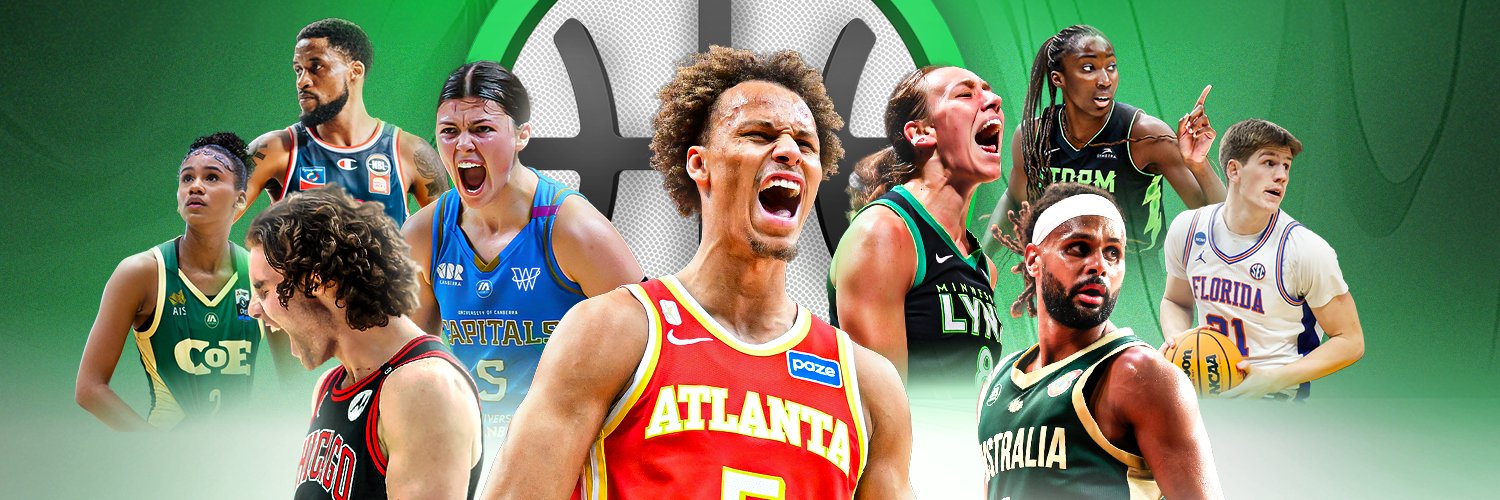


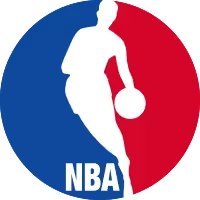

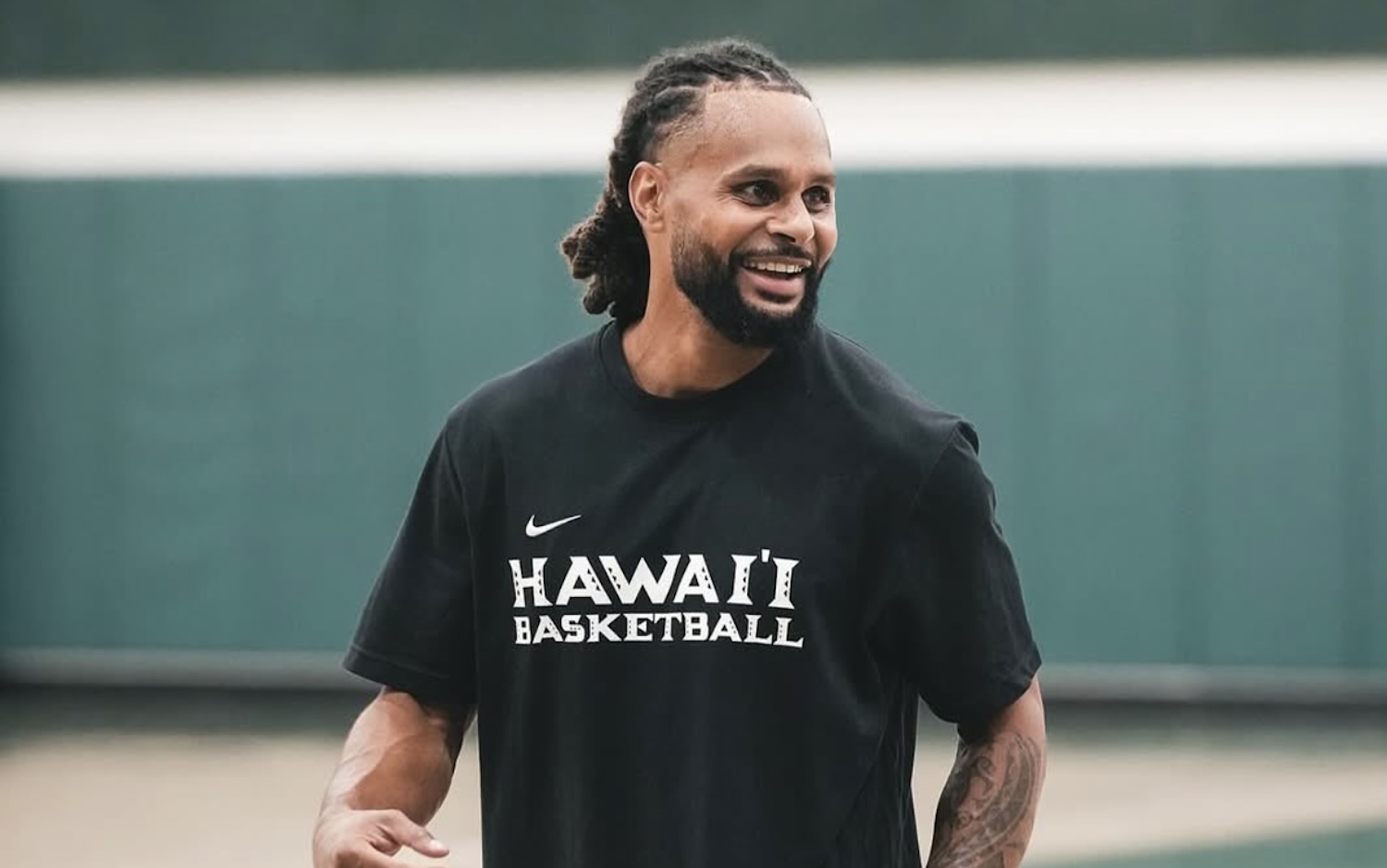

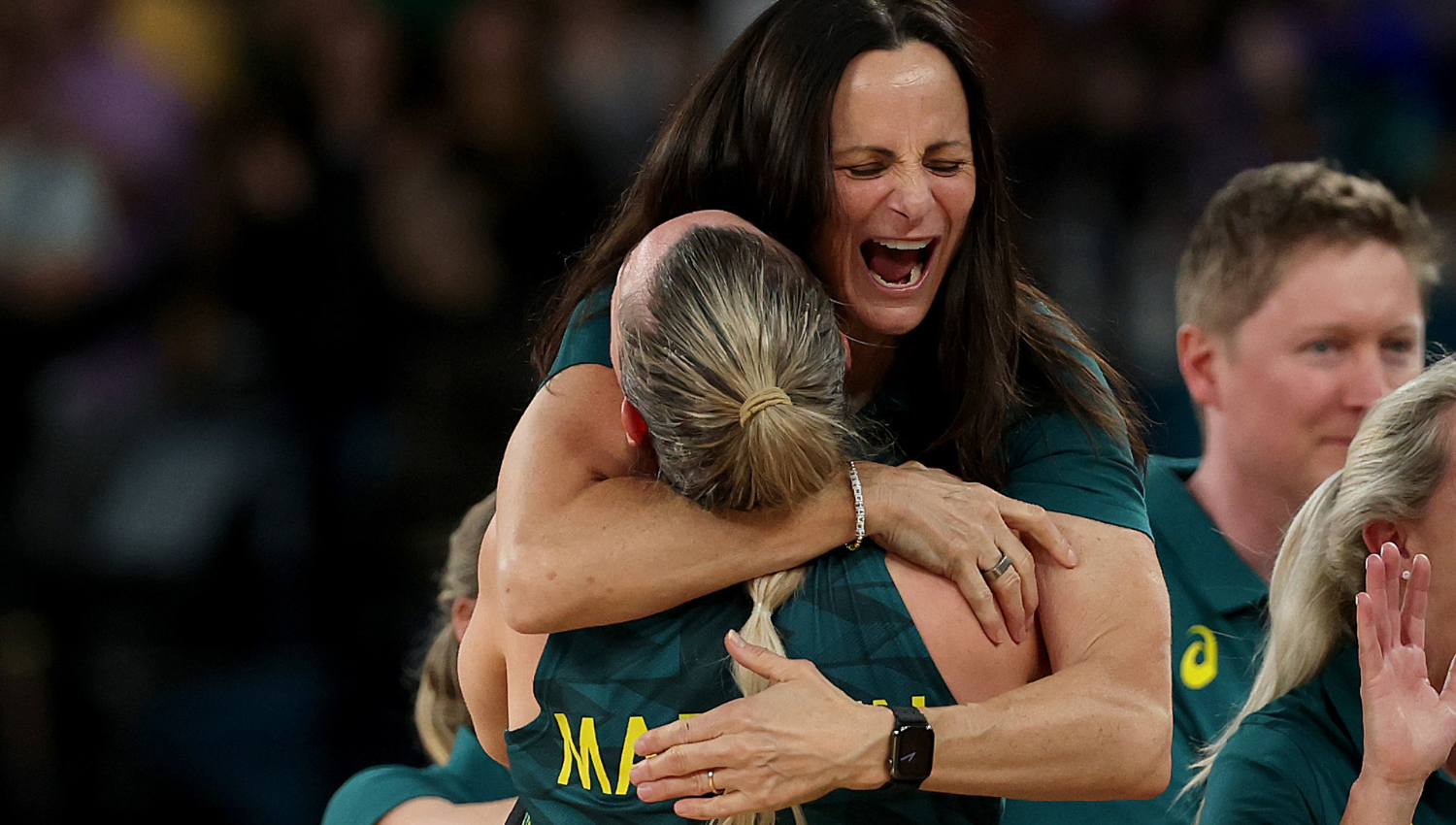
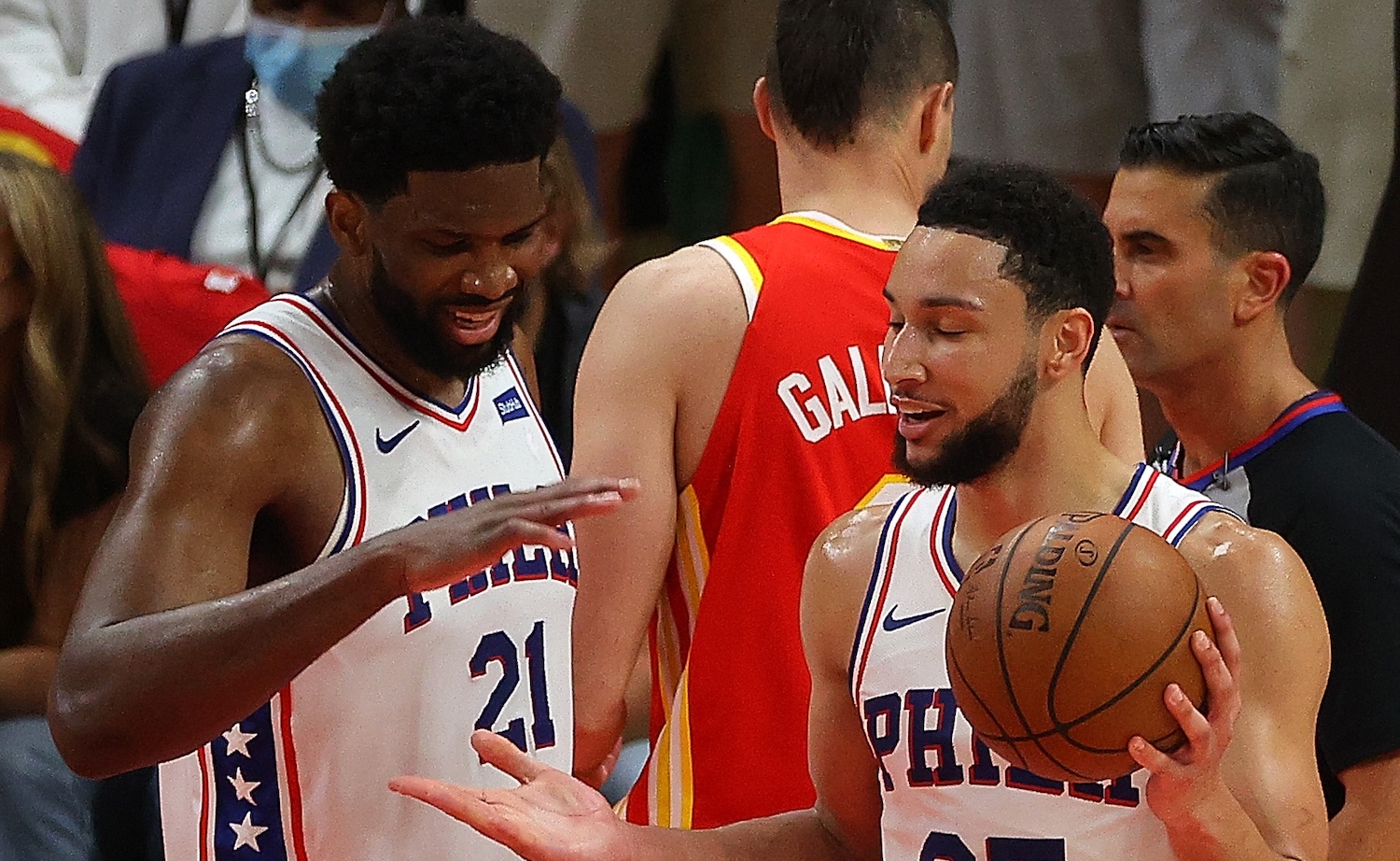


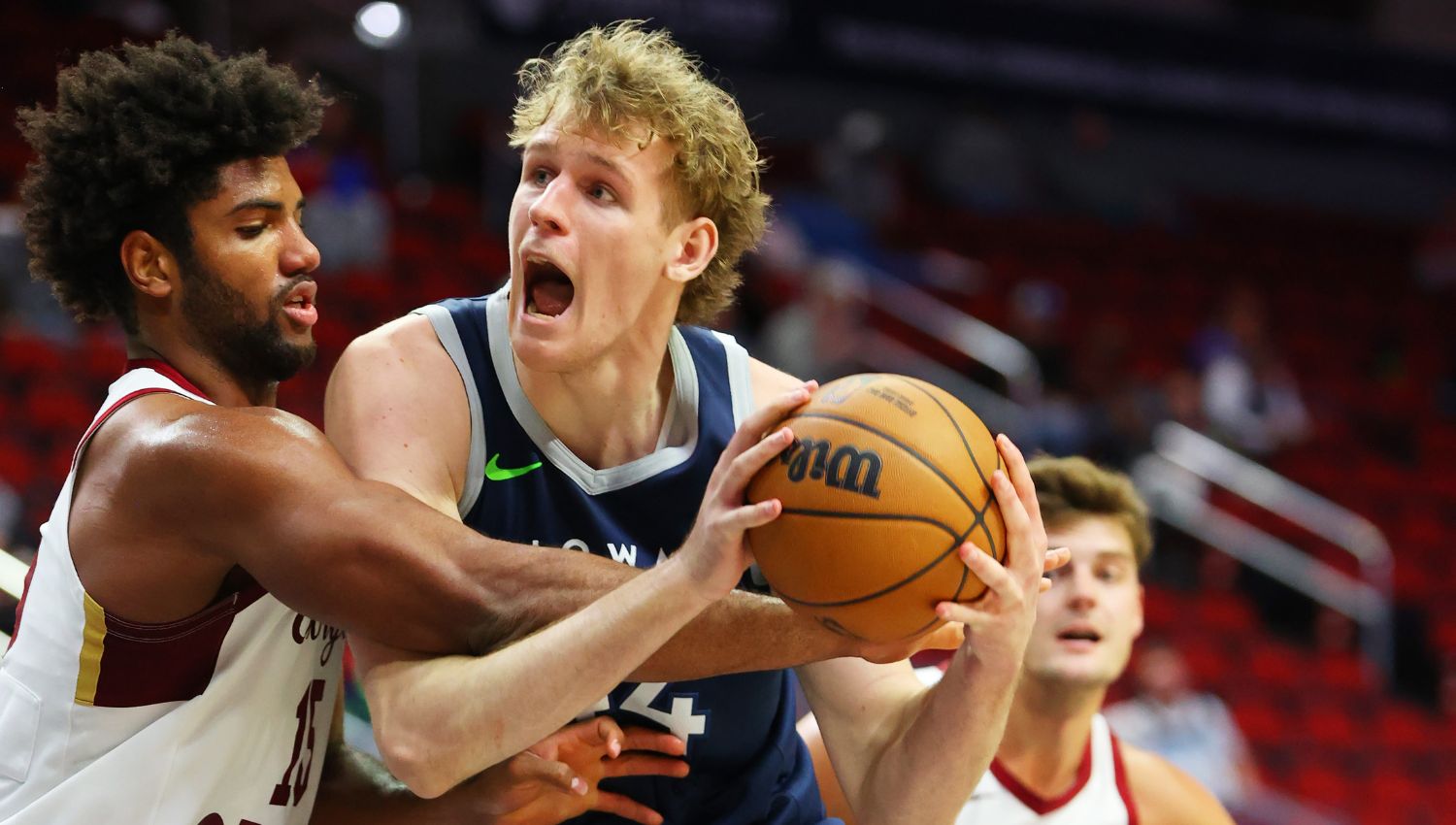
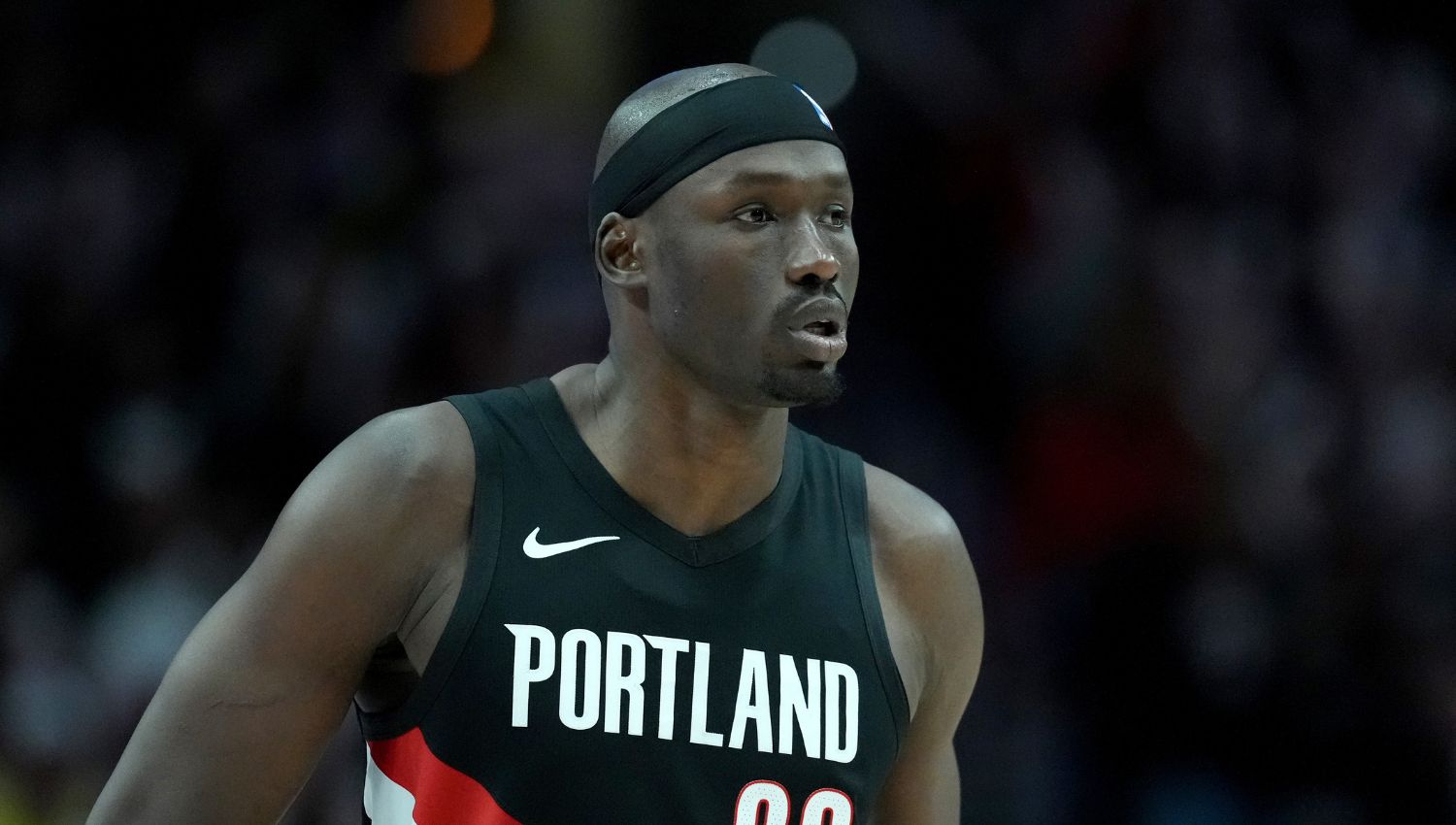
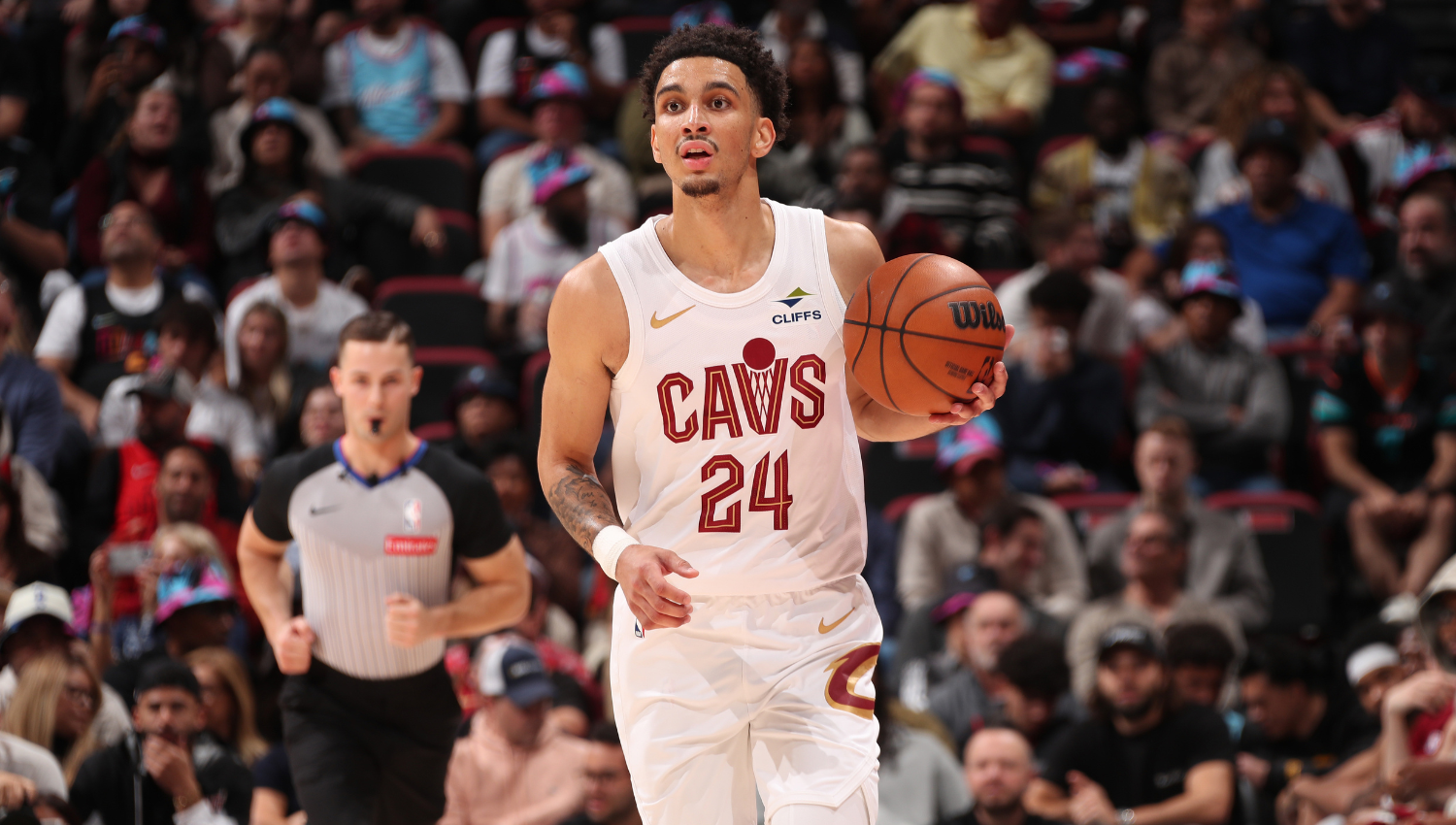
.jpg)
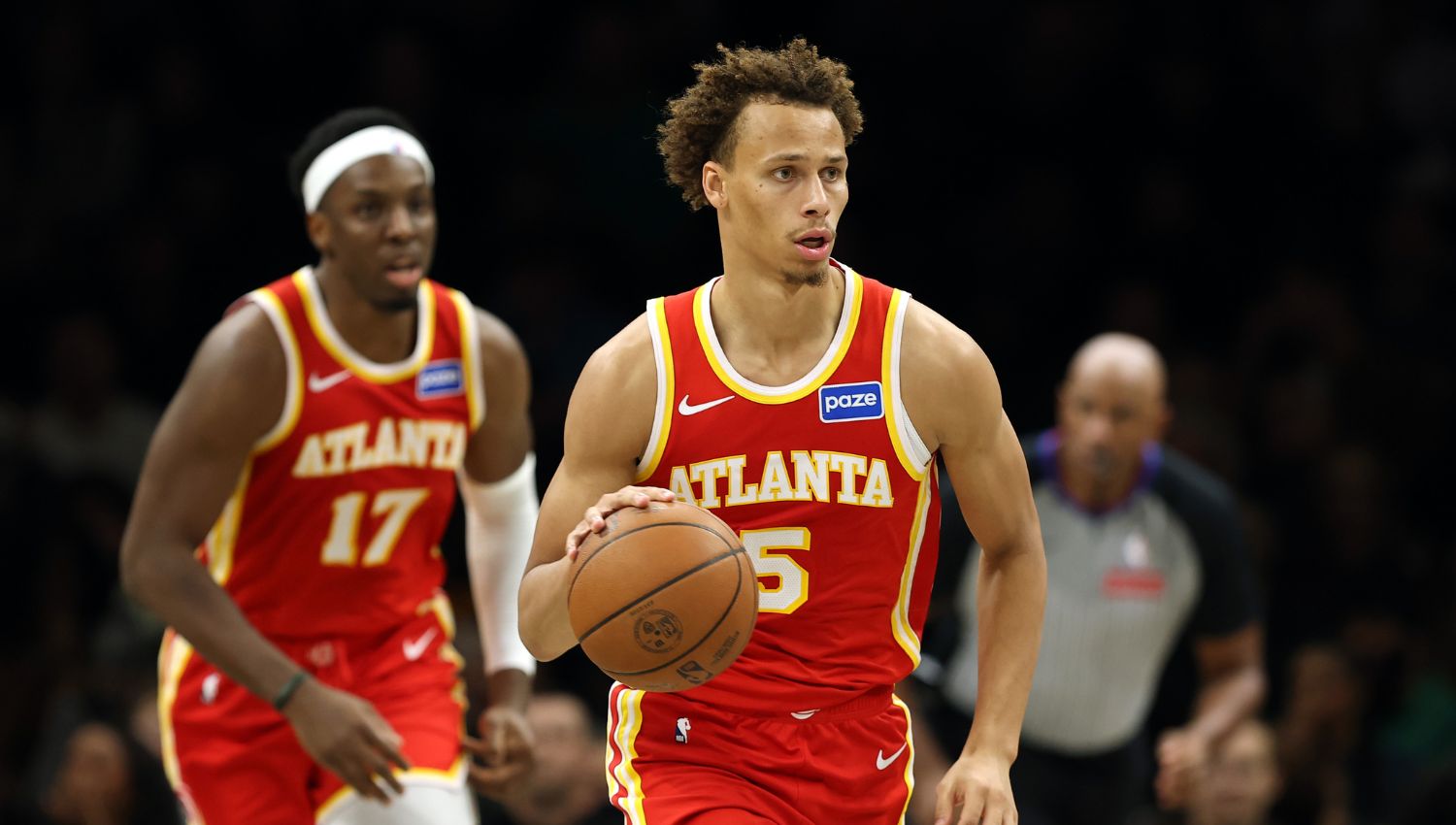


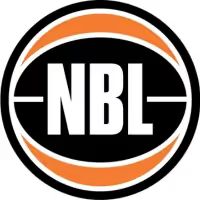

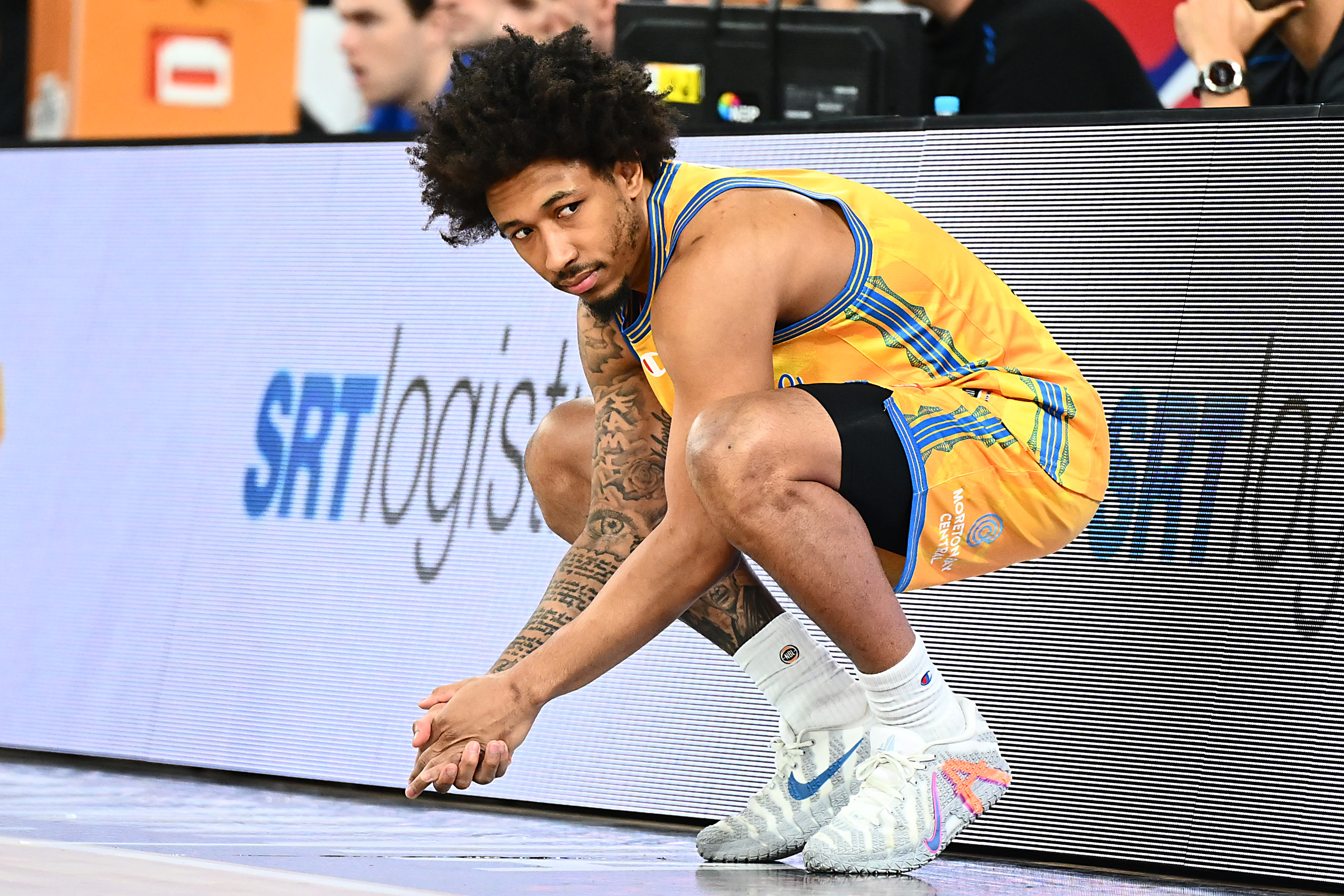
.jpg)
